Rising Disposable Income
The growth in disposable income among Indonesian consumers is another significant driver for the smart tv market. As the economy continues to develop, more households are experiencing an increase in their purchasing power. Reports indicate that the average disposable income in Indonesia has risen by approximately 10% annually over the past few years. This financial flexibility allows consumers to invest in higher-quality entertainment options, including smart TVs. The trend towards premium features, such as 4K resolution and advanced smart functionalities, is likely to gain traction as consumers seek enhanced viewing experiences. Consequently, the is expected to benefit from this upward trend in disposable income., as more individuals prioritize home entertainment.
Increasing Internet Penetration
The rapid increase in internet penetration in Indonesia is a crucial driver for the smart tv market. As of 2025, approximately 75% of the population has access to the internet, which facilitates the use of smart TVs for streaming and online content consumption. This connectivity allows consumers to access a plethora of streaming services, enhancing the appeal of smart TVs. Moreover, the growth of mobile internet usage, particularly in urban areas, indicates a shift in viewing habits. Consumers are increasingly inclined to use smart TVs for their entertainment needs, which is likely to boost sales in the smart tv market. The availability of affordable data plans further supports this trend, making it easier for households to integrate smart TVs into their daily lives.
Expansion of Local Content Providers
The expansion of local content providers in Indonesia plays a pivotal role in driving the smart tv market. With the increasing availability of localized content, consumers are more inclined to purchase smart TVs that can access these services. Local streaming platforms are emerging, offering a variety of Indonesian films, series, and shows that cater to regional tastes. This trend is likely to enhance the attractiveness of smart TVs, as they provide seamless access to culturally relevant content. Furthermore, partnerships between smart TV manufacturers and local content providers may lead to bundled offerings, making smart TVs more appealing to consumers. As a result, the is poised for growth., driven by the demand for localized entertainment.
Technological Advancements in Display Quality
Technological advancements in display quality are significantly influencing the smart tv market. Innovations such as OLED and QLED technologies are becoming more accessible to consumers in Indonesia, enhancing the viewing experience. These advancements provide superior picture quality, color accuracy, and energy efficiency, which are increasingly important to consumers. As manufacturers continue to invest in research and development, the availability of high-quality displays at competitive prices is likely to increase. This trend may encourage consumers to upgrade their existing televisions to smart TVs with advanced display technologies. Consequently, the is expected to experience growth. as consumers seek the latest innovations in home entertainment.
Government Initiatives to Promote Digitalization
Government initiatives aimed at promoting digitalization in Indonesia are likely to serve as a catalyst for the smart tv market. Policies encouraging the adoption of digital technologies and enhancing internet infrastructure are being implemented to support the country's digital economy. These initiatives may include subsidies for technology purchases or investments in broadband expansion, which could facilitate greater access to smart TVs. As the government continues to prioritize digital transformation, the smart tv market may benefit from increased consumer awareness and adoption of smart technologies. This supportive environment is expected to foster growth in the smart tv market, as more households embrace digital entertainment solutions.

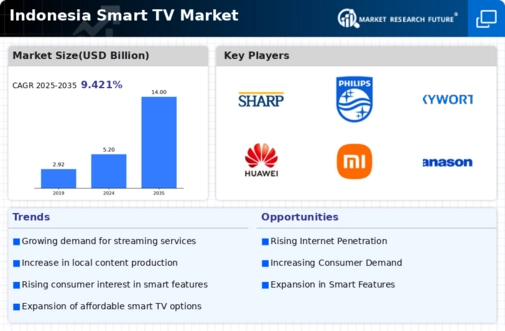
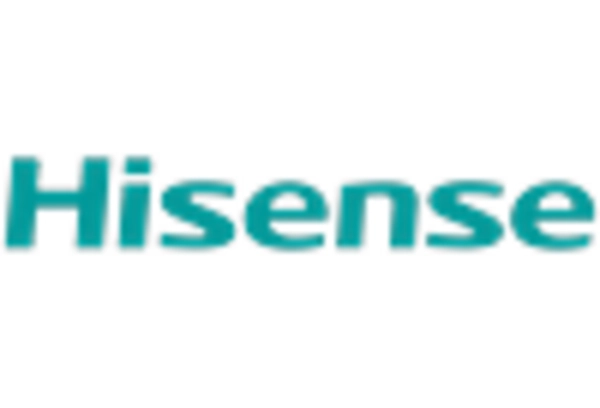

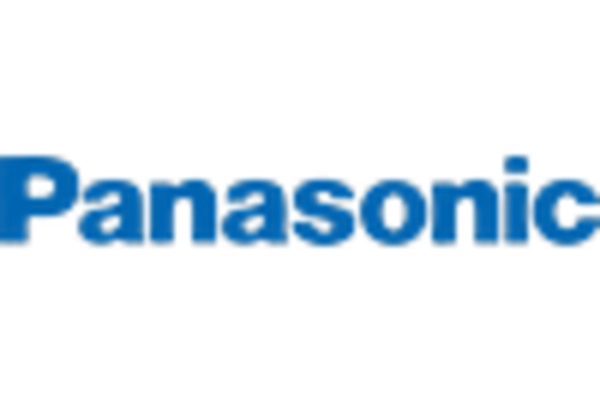

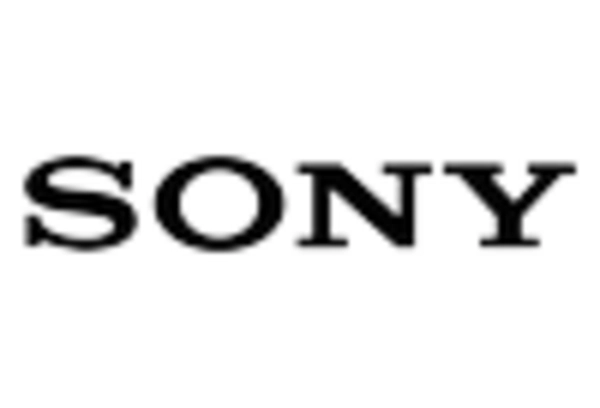
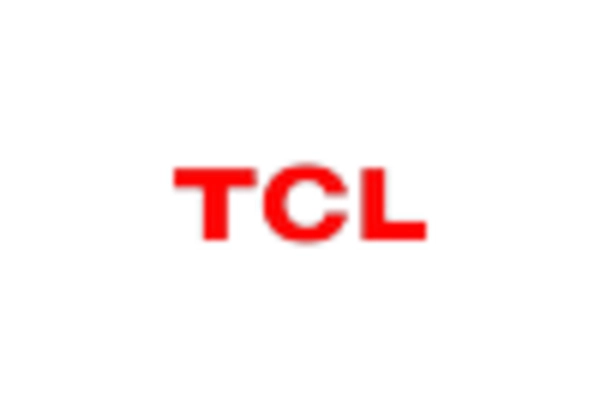








Leave a Comment